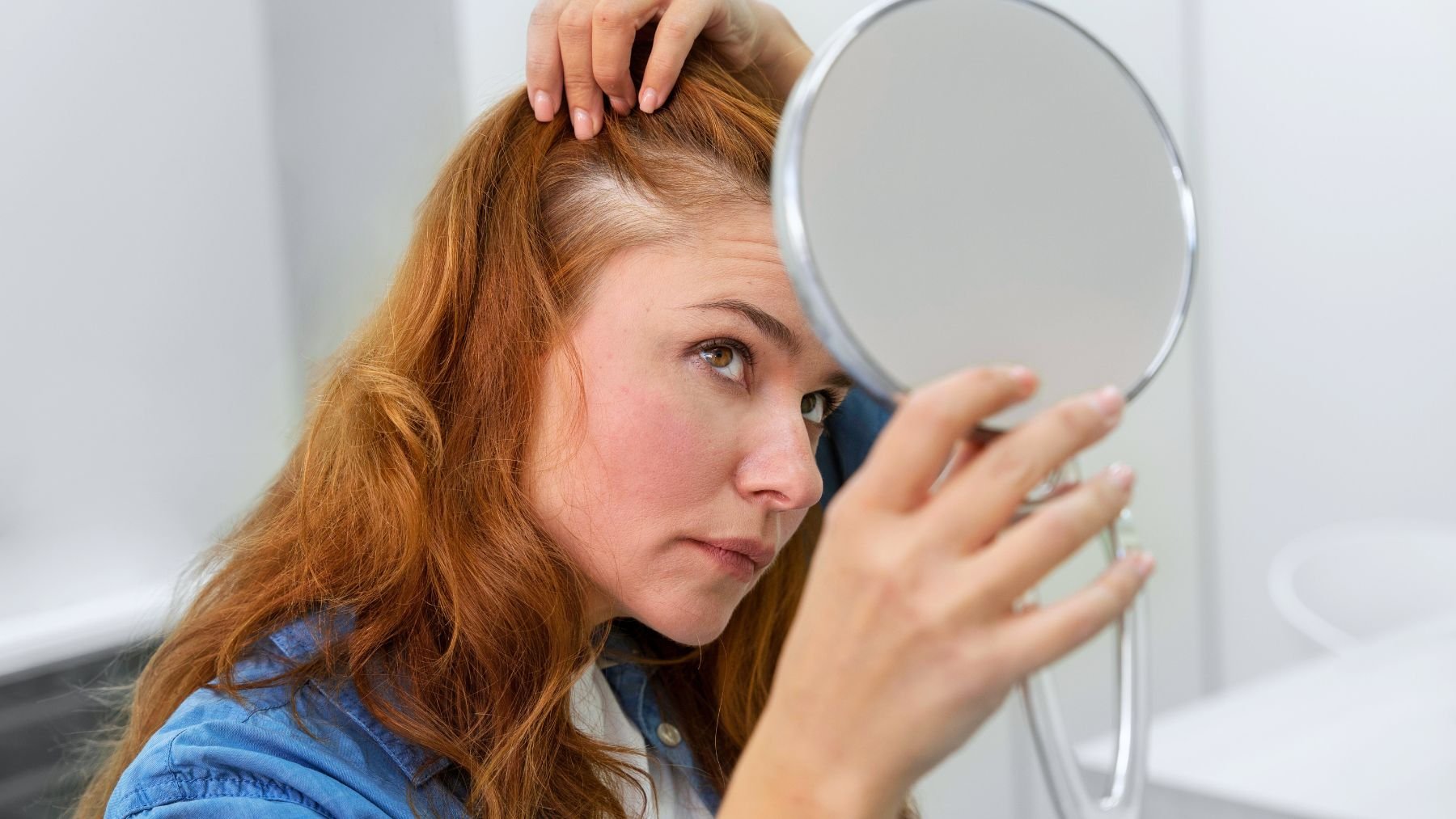A natural sweetener that many people use in their morning coffee might hold the key to stronger hair growth. Scientists have found that stevioside—a compound from the stevia plant—could make one of the most common hair loss treatments work better.
The findings could mean a major step forward for people dealing with androgenetic alopecia, the medical term for male or female pattern baldness. In this study, researchers looked at how stevioside could enhance the effects of minoxidil, a well-known hair growth treatment that’s been around for decades. Let’s explore what they discovered and what it could mean for the future of hair restoration.
A sweet boost for hair loss treatment
Minoxidil, found in products like Rogaine, works by increasing blood flow to the scalp and stimulating hair follicles. The problem is, only a small amount of the medication actually gets absorbed through the skin. Scientists have tried different ways to improve this, from foam formulas to microneedle patches.
Now, researchers from China and Australia have tested a new approach that combines stevioside with microneedle patches. Stevioside helps minoxidil dissolve more easily in water, which means more of it can penetrate the skin and reach the hair follicles.
When they tested the method on mice that had been genetically engineered to lose hair, the results were impressive. Hair started to grow back faster and covered more of the treated area compared to standard minoxidil. “There is a significant increase in hair follicle transition to the growth phase, which resulted in 67.5 percent coverage of the treatment area by day 35”, the researchers wrote in their paper.
By comparison, mice treated with regular minoxidil showed only about 25.7 percent coverage in the same period. The new stevioside-enhanced formula not only worked better but also seemed to speed up the regrowth process by about a week.
While these results are promising, it’s still early days. The tests were done on mice, not humans. The research team noted that they’re still refining the microneedle design and the minoxidil mix before human trials can begin. As they explained, “The benefits and drawbacks of various technical methods, such as metal or soluble microneedles and sustained-release systems, should be evaluated in conjunction with specific clinical scenarios”.
Dr. Lifeng Kang, a pharmacologist at the University of Sydney and one of the study’s authors, said the discovery “represents a promising step toward more effective and natural treatments for hair loss, potentially benefiting millions worldwide”.
What to know about hair growth treatments
Hair loss affects millions of men and women, and while genetics play a big role, so do stress, hormones, and aging. Treatments like minoxidil and finasteride are the most common, but they don’t work for everyone and often require long-term, daily use. Microneedle patches and improved drug delivery systems could make these treatments more effective and easier to maintain.
Natural compounds like stevioside could also change the way we approach hair regrowth, combining modern science with plant-based ingredients. But even if this new method eventually works in humans, it will take years of testing to confirm its safety and long-term benefits.
For now, the study adds an exciting twist to what’s often a frustrating problem. If something as simple as a natural sweetener can help a proven treatment like minoxidil work better, it could open the door to a new generation of hair loss solutions.

